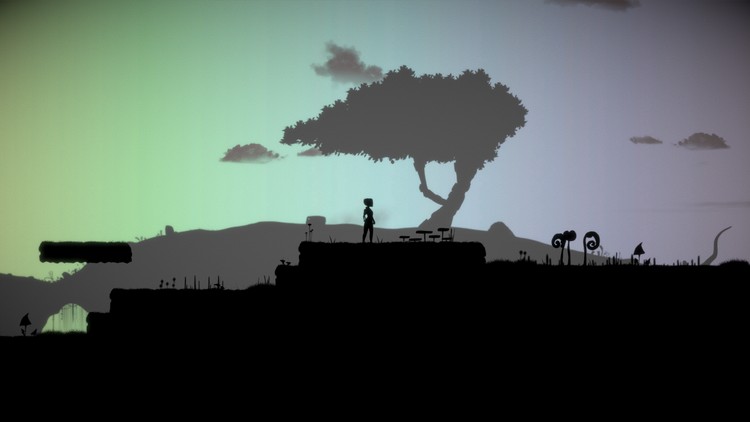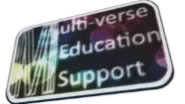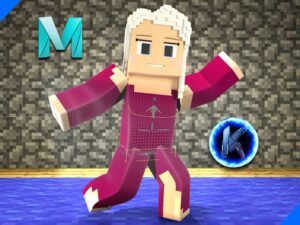Game Writing: Storytelling through Video Game Design
- Description
- Curriculum
- FAQ
- Reviews

The course will help you to design and write your own games – learn how to generate and develop your ideas, how to structure a story-rich game, and how creating a narrative and storyworld will enhance all games, even those that are not story based!
Learn to create a compelling storyworld for your video game by developing ideas, characters and a memorable narrative. You’ll be given knowledge and tasks to cement and practice what you’ve learned.
Create Immersive Storyworlds
-
Understand how writing for games differs from writing for other media.
-
Learn which aspects of a game contribute to a memorable narrative.
-
Discover how story is conveyed through games.
-
Practice developing an idea from start to end.
Storytelling: Arguably the Most Important Aspect of Game Design.
Games that are “story-rich” have a deep story to uncover as you play the game, and have an extra dimension compared to other forms of media in that the player themselves is a part of that story.
The storyworld makes up so much of a game and it is communicated in many different ways. It’s everything from the artwork and the audio design to the dialogue between characters and the player themselves. As a game designer or a game writer, you are responsible for shaping this world and conveying it to the player.
Content Overview
This course aims to help you develop your skills as a designer of games. We’ll talk about what makes games a unique form of media, how to tell good stories, how to generate ideas, and how story can be conveyed through games (spoiler: there are LOTS of different ways!). These are the core sections of the course, and we’ll be adding bonus sections soon.
Story structure will be the first bonus (coming soon!) and each new section will provide new ways to improve your game design techniques.
Each of the course videos is made using the Unity game engine, and we communicate information within this game setting.
As well as video lectures, this course contains ‘Reflection’ moments where we ask you to pause and think about what your answers to specific questions would be, “Missions” where we ask you to do some writing (and then show you our own example), and worksheets to guide your ideas.
We also encourage you to share your ideas and give feedback to others.
Once you complete this course, you’ll be able to design story-rich games using various different methods to convey your ideas.








